Home>diy>Planning & Engineering>What Is AE Zoning?
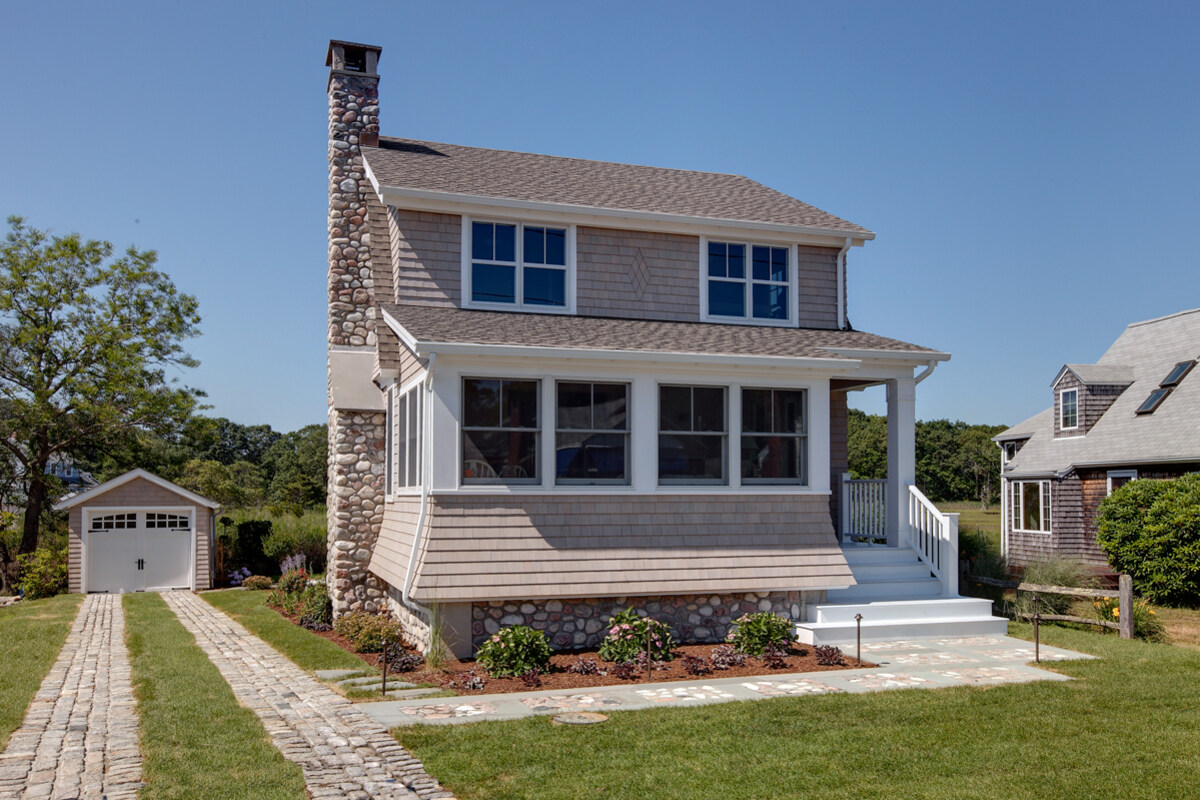

Planning & Engineering
What Is AE Zoning?
Modified: January 9, 2024
Discover what AE zoning is and how it relates to planning and engineering. Gain insights on the significance of AE zoning for land use and development projects.
(Many of the links in this article redirect to a specific reviewed product. Your purchase of these products through affiliate links helps to generate commission for Storables.com, at no extra cost. Learn more)
Introduction
Welcome to the world of zoning! If you’ve ever wondered why certain areas have different rules and regulations when it comes to land use and development, zoning is the key. Zoning is a planning tool used by local governments to regulate and control the use of land within their jurisdictions. One type of zoning that you may come across is AE zoning.
AE zoning, also known as floodplain zoning, is a specific category of zoning that pertains to areas prone to flooding. It is designed to minimize the risks associated with flooding and protect both individuals and property from potential harm. In this article, we will explore what AE zoning is all about, its purpose, regulations, and its benefits and challenges.
So, let’s dive in and uncover the world of AE zoning!
Key Takeaways:
- AE zoning is a crucial tool for managing flood-prone areas, aiming to reduce flood risks, protect property, and promote community resilience through specific regulations and guidelines.
- While AE zoning presents challenges such as development restrictions and complex regulations, its focus on floodplain management sets it apart from other zoning types, contributing to safer and more resilient communities.
Definition of AE Zoning
AE zoning, also known as “Agricultural and Estates” zoning, is a specific category of zoning that is implemented in areas that are prone to flooding. It is a floodplain management tool used by local governments to regulate land use and development in these at-risk areas.
The “AE” in AE zoning refers to the Flood Insurance Rate Map (FIRM) designation for the floodplain areas that fall within the Special Flood Hazard Area (SFHA). SFHA is an area that has a 1% annual chance of flooding and is also known as the “100-year floodplain.”
The main objective of AE zoning is to minimize the risks associated with flooding by guiding land use decisions, promoting responsible development practices, and ensuring the safety of the community and its residents.
By classifying certain areas as AE zones, local governments can establish specific regulations and guidelines that dictate what types of structures can be built, where they can be located, and what standards they must adhere to in order to minimize the impact of flooding. These regulations are put in place to protect both life and property.
It’s important to note that AE zoning is not limited to rural or agricultural areas. Floodplain areas can be found in urban and suburban regions as well, and AE zoning applies to these areas as well.
Overall, AE zoning plays a crucial role in managing floodplains, ensuring public safety, and minimizing the potential damages caused by flooding events.
Purpose of AE Zoning
The primary purpose of AE zoning is to protect individuals, property, and the environment from the risks and damages associated with flooding. By implementing regulations and guidelines specific to floodplain areas, AE zoning aims to achieve the following objectives:
- Reduce property and infrastructure damage: Flooding can cause significant damage to buildings, roads, and utilities. AE zoning establishes building standards, such as required elevations and construction techniques, to minimize the risk of damage during flooding events. By ensuring that structures are designed and located appropriately, the potential for costly repairs and rebuilding efforts can be reduced.
- Mitigate health and safety risks: Floodwaters can pose hazards to human health and safety. AE zoning helps protect residents by establishing setback requirements and other regulations that keep habitable areas out of the floodplain. This reduces the risk of individuals being trapped or harmed during flooding events and promotes the overall well-being of the community.
- Promote wise land use decisions: AE zoning encourages responsible land use decisions by limiting certain types of development in flood-prone areas. This helps channel development to safer areas and minimizes the potential loss of property and investments. It also promotes the conservation of natural floodplain functions, such as groundwater recharge and wildlife habitat.
- Manage floodplain resources: Floodplains serve important ecological functions and provide valuable natural resources. AE zoning helps in managing these resources by balancing the need for development with the preservation of the floodplain’s natural functions. It promotes sustainable land use practices and protects the integrity of the ecosystem.
- Ensure eligibility for flood insurance: AE zoning is closely linked to the National Flood Insurance Program (NFIP). By participating in the NFIP, communities can ensure that their residents have access to affordable flood insurance coverage. Compliance with AE zoning regulations is required for properties to be eligible for flood insurance, thus providing financial protection for property owners.
Overall, the purpose of AE zoning is to strike a balance between development and floodplain management, ensuring the safety and well-being of individuals and communities while preserving the natural functions of floodplains.
Overview of AE Zoning Regulations and Guidelines
AE zoning imposes specific regulations and guidelines that dictate land use and development within floodplain areas. These regulations are put in place to mitigate the risks associated with flooding and ensure the safety of individuals and property. Here is an overview of the key regulations and guidelines commonly found in AE zoning:
- Building Elevation Requirements: AE zoning requires that structures within the floodplain meet certain elevation requirements to minimize the risk of flood damage. This typically involves raising the lowest floor of buildings to a specified height above the base flood elevation (BFE). The specific elevation requirement may vary depending on local regulations and flood zone designations.
- Setback Requirements: AE zoning establishes setback requirements to ensure that structures are located a safe distance away from water bodies or flood-prone areas. Setback requirements often vary based on the flood zone and may dictate the minimum distance that buildings must be set back from water bodies or the edge of the floodplain.
- Structural Design Standards: AE zoning may include specific structural design standards to enhance the resiliency and flood resistance of buildings. This can include requirements for foundation design, building materials, and construction techniques aimed at minimizing flood-related damages.
- Floodplain Fill Restrictions: AE zoning may impose restrictions on the placement of fill material within the floodplain. This is to prevent the altering of natural floodplain functions and to maintain the natural capacity of the floodplain to absorb and convey floodwaters.
- Drainage Requirements: AE zoning often includes regulations related to drainage management within the floodplain. This can involve the installation of proper drainage systems to control the flow of water during flood events and prevent localized flooding that could impact adjacent properties.
- Permitting and Review Process: AE zoning typically requires that property owners obtain permits for any new development or modifications within the floodplain. These permits may require detailed plans and engineering studies to ensure compliance with zoning regulations and to demonstrate that the proposed development will not exacerbate flood risks.
It’s important for property owners and developers to familiarize themselves with the specific AE zoning regulations and guidelines in their area. Compliance with these regulations is crucial to ensure the safety of individuals and property, maintain eligibility for flood insurance, and promote responsible development practices within flood-prone areas.
Types of Land Uses Allowed in AE Zoning
AE zoning is designed to regulate land use and development in flood-prone areas, with the primary goal of minimizing the risks associated with flooding. While the specific land uses allowed can vary depending on local regulations and flood zone designations, here are some common types of land uses that are typically permitted in AE zoning:
- Agricultural Uses: Many AE zones allow for agricultural activities, such as farming, ranching, and crop cultivation. These activities are often compatible with floodplain areas and can be conducted without significantly altering the floodplain’s natural hydrology.
- Recreational Uses: AE zoning may allow for recreational land uses, such as parks, sports fields, and boating facilities. These uses can provide recreational opportunities for the community while still maintaining the floodplain’s natural functions.
- Open Space and Conservation: AE zoning often encourages the preservation of open space and the conservation of natural resources within the floodplain. This can include restrictions on development and incentives for landowners to protect and enhance the ecological integrity of the floodplain.
- Floodplain Buffer Zones: AE zoning regulations may require the creation of buffer zones along water bodies or the edge of the floodplain. These buffer zones act as protective areas and help reduce the potential impacts of flooding on adjacent properties.
- Institutional Uses: Some AE zones may allow for certain institutional uses, such as schools, churches, and government buildings. These uses can be permitted as long as they meet the elevation requirements and other zoning regulations.
- Infrastructure and Utilities: AE zoning typically permits the construction and maintenance of necessary infrastructure and utilities within the floodplain, such as roads, bridges, water supply facilities, and wastewater treatment plants. However, strict guidelines and engineering standards must be followed to ensure the resilience and flood protection of these structures.
It’s important to note that certain land uses and development activities may require a special permit or go through a more rigorous review process to ensure compliance with zoning regulations and to evaluate their potential impact on flood risks and public safety.
Ultimately, the types of land uses allowed in AE zoning are typically determined by a balance between the need for development and the preservation of the floodplain’s natural functions, ensuring the safety of individuals and property while minimizing the risks associated with flooding.
AE zoning typically refers to Agricultural Exclusive zoning, which is designated for agricultural use only. If you are considering purchasing property in an AE zone, be sure to research the specific regulations and restrictions that apply to that area.
Read more: What Is Zoning For A School
Setbacks and Building Standards in AE Zoning
Setbacks and building standards are critical components of AE zoning regulations. They play a crucial role in ensuring the safety and resilience of structures within flood-prone areas. Let’s take a closer look at setbacks and building standards commonly enforced in AE zoning:
- Setback Requirements: AE zoning typically establishes setback requirements that dictate the minimum distance a structure must be set back from water bodies or the edge of the floodplain. These setbacks help ensure that buildings are located a safe distance away from floodwaters, reducing the risk of damage during a flooding event. The specific setback distances can vary based on the flood zone and the type of structure being built.
- Elevation Requirements: One of the key building standards in AE zoning is the requirement for buildings to be elevated above the base flood elevation (BFE). The BFE is the calculated level of floodwaters during a 1% annual chance flood event, also known as the “100-year flood.” Buildings must be designed and constructed to withstand floodwaters up to the BFE, typically by raising the lowest floor level above the specified elevation.
- Design Flood Level: AE zoning also considers the design flood level, which is the elevation at which the floodplain area is to be regulated. This level is determined based on factors such as historical flood data, topography, and hydraulic models. It helps establish the height at which structures must be built to ensure their resilience against flood events.
- Structural Design Standards: AE zoning often imposes specific structural design standards to enhance the flood resistance of buildings. This can include requirements for foundation design, construction materials, and building techniques aimed at minimizing damage caused by floodwaters. These standards help ensure that structures in flood-prone areas are built to withstand the potential impact of flooding.
- Flood Vents: Building standards in AE zoning may mandate the installation of flood vents in enclosed areas below the base flood elevation. Flood vents allow the free flow of floodwaters, reducing the pressure on walls and foundations and minimizing the risk of structural damage during flooding events.
- Access and Escape Routes: AE zoning requires that buildings have safe and accessible means of ingress and egress during flood events. This typically involves providing elevated access points or alternative escape routes to ensure the safety of occupants during flooding situations.
It’s important for property owners and developers to work closely with local authorities, architects, engineers, and building code officials to ensure compliance with the setbacks and building standards specific to their AE zoning regulations. Adhering to these standards helps protect property, promote public safety, and minimize the risks associated with flooding.
Floodplain Management in AE Zoning
Floodplain management is a key aspect of AE zoning. It involves implementing strategies and regulations to effectively minimize the risks associated with flooding and ensure the safety of individuals and property within flood-prone areas. Here’s an overview of floodplain management practices commonly employed in AE zoning:
- Floodplain Mapping: Accurate floodplain mapping is crucial for effective floodplain management. AE zoning relies on detailed flood maps, such as the Flood Insurance Rate Maps (FIRMs), to identify the boundaries of the floodplain areas. These maps provide essential information to determine which properties fall within the Special Flood Hazard Area (SFHA) and are subject to AE zoning regulations.
- Floodplain Regulations: AE zoning regulations establish specific guidelines and standards that guide development and land use within floodplain areas. These regulations may include requirements for building elevations, setbacks, and other design standards aimed at minimizing flood risks. They also often address floodplain fill restrictions, drainage requirements, and the protection of natural floodplain functions.
- Land Use Planning: AE zoning incorporates land use planning strategies to guide development away from high-risk flood areas. This includes encouraging the preservation of open space and implementing buffer zones along water bodies or the edge of the floodplain. Land use planning helps ensure that development is compatible with floodplain characteristics and minimizes the potential for flood damages.
- Public Education: Promoting public awareness and education about flood risks and floodplain management is a vital component of AE zoning. Local governments often conduct outreach programs to educate residents about flood hazards, evacuation procedures, and the importance of complying with zoning regulations. Public education helps individuals make informed decisions about living or conducting activities within flood-prone areas, and it fosters a culture of resilience.
- Emergency Preparedness: AE zoning recognizes the importance of emergency preparedness in flood-prone areas. Local governments work closely with emergency management agencies to develop and communicate flood response plans, emergency evacuation routes, and warning systems. This ensures that both residents and authorities are prepared to respond effectively in the event of a flood.
- Flood Mitigation and Resilience Measures: AE zoning promotes proactive flood mitigation and resilience measures to minimize the impact of flooding. This can include the implementation of stormwater management systems, the construction of flood control structures, and the preservation of natural areas that can absorb and slow down floodwaters. By integrating flood mitigation measures into development plans, AE zoning helps communities become more resilient to future flood events.
Effective floodplain management in AE zoning requires collaboration among local governments, landowners, developers, and community members. It is a continuous effort aimed at minimizing flood risks, protecting property and individuals, and fostering sustainable, resilient communities in flood-prone areas.
Benefits and Challenges of AE Zoning
AE zoning, with its focus on floodplain management, brings both benefits and challenges to communities and individuals residing in flood-prone areas. Understanding these can help us appreciate the importance and complexities of AE zoning. Let’s explore the benefits and challenges of AE zoning:
Benefits:
- Reduced Flood Risk: One of the primary benefits of AE zoning is the reduction in flood risk. By implementing regulations and guidelines specific to flood-prone areas, AE zoning helps minimize the potential damage to property and infrastructure during flooding events.
- Enhanced Public Safety: AE zoning ensures the safety of individuals by promoting responsible land use decisions and establishing setback requirements. By keeping habitable areas out of flood-prone zones, AE zoning reduces the risks to human life and well-being during flood events.
- Natural Resource Preservation: AE zoning encourages the preservation of natural floodplain functions, such as groundwater recharge and wildlife habitat. By preserving and managing floodplains, AE zoning helps maintain ecosystem services, protect biodiversity, and conserve natural resources.
- Flood Insurance Eligibility: Compliance with AE zoning regulations is often a requirement for eligibility in the National Flood Insurance Program (NFIP). This enables property owners to access affordable flood insurance coverage, providing financial protection in the event of flood-related damages.
- Improved Community Resilience: AE zoning promotes the implementation of flood mitigation measures and resilience strategies. By integrating these measures into development plans, communities become better prepared for future flood events and can recover more quickly.
Challenges:
- Restrictions on Development: AE zoning may impose certain restrictions on development within flood-prone areas. This can limit the types of structures that can be built and may require additional costs for elevation and other flood-resistant measures.
- Complex Regulations: The regulations and guidelines associated with AE zoning can be complex and require technical expertise to navigate. Property owners and developers may face challenges in understanding and complying with the requirements.
- Perception of Reduced Property Value: Some individuals may perceive AE zoning as potentially reducing property values due to the restrictions and regulations associated with floodplain management. However, the benefits of reduced flood risk and access to flood insurance coverage can outweigh this perception.
- Continuous Maintenance and Adaptation: AE zoning requires ongoing maintenance and adaptation to address changing flood risks, environmental conditions, and development patterns. Continual monitoring and updates are necessary to ensure the effectiveness of the zoning regulations over time.
- Education and Awareness: Adequate education and awareness about the benefits and requirements of AE zoning may be needed within the community. Public outreach and engagement are vital to ensure that individuals understand the purpose and importance of AE zoning in protecting lives and property.
Despite the challenges, the benefits of AE zoning in terms of flood risk reduction, public safety, and community resilience outweigh the potential drawbacks. By actively managing floodplains, communities can mitigate flood risks, protect natural resources, and create safer and more resilient environments for both current and future generations.
Comparison of AE Zoning with other Zoning Types
AE zoning, which focuses on managing floodplain areas, differs from other zoning types in terms of its specific objectives and regulations. Let’s compare AE zoning with some commonly known zoning types to understand their similarities and differences:
- Residential Zoning: Residential zoning primarily focuses on regulating land use for housing purposes, such as single-family homes, multi-family dwellings, and residential communities. While residential zoning may consider factors like building height, setbacks, and density, it does not specifically address floodplain management as extensively as AE zoning.
- Commercial Zoning: Commercial zoning is aimed at regulating land use for commercial activities and businesses, such as retail stores, offices, and industrial facilities. Similar to residential zoning, commercial zoning typically does not have the same level of floodplain management regulations and requirements as AE zoning. However, commercial zoning may include certain guidelines for stormwater management and infrastructure development to mitigate flood risks.
- Industrial Zoning: Industrial zoning focuses on land use for industrial activities, manufacturing facilities, and warehouses. It often includes regulations related to building setbacks, height restrictions, and environmental impact assessments. Like commercial zoning, industrial zoning may consider stormwater management to address flood risks, but it may not have the same level of focus on floodplain management as AE zoning.
- Conservation Zoning: Conservation zoning emphasizes the protection of natural resources, biodiversity, and ecological functions. It typically restricts development in environmentally sensitive areas and encourages land preservation. While both AE zoning and conservation zoning share a common goal of protecting natural resources, AE zoning specifically addresses floodplain management and minimizes flood risks, which may not be the primary focus of conservation zoning.
- Mixed-Use Zoning: Mixed-use zoning allows for the integration of different land uses within designated areas, such as combining residential, commercial, and recreational activities. It aims to create vibrant and walkable communities. While mixed-use zoning may consider various factors like building design and density, it may not have the same level of floodplain management regulations as AE zoning.
In general, AE zoning stands out from other zoning types due to its specific emphasis on floodplain management and minimizing flood risks. AE zoning regulations are specifically designed to address the unique challenges and potential hazards associated with flood-prone areas, while other zoning types focus on different land use considerations.
However, it’s important to note that these zoning types are not mutually exclusive and can coexist within a jurisdiction. For example, a certain area may have a combination of AE zoning for floodplain management and residential zoning for housing purposes in flood-free zones.
Ultimately, a comprehensive zoning approach that incorporates various zoning types, including AE zoning, can help create well-planned and resilient communities that balance development goals with the preservation of natural resources and public safety.
Read more: What Is A-1 Zoning
Conclusion
AE zoning, or floodplain zoning, plays a critical role in managing and mitigating the risks associated with flooding. By implementing specific regulations and guidelines for flood-prone areas, AE zoning helps protect individuals, property, and natural resources while promoting community resilience.
Through building elevation requirements, setback regulations, and structural design standards, AE zoning seeks to minimize flood damage and ensure public safety. By encouraging responsible land use decisions and promoting the preservation of floodplain functions, AE zoning strikes a balance between development and floodplain management.
AE zoning offers numerous benefits, including reduced flood risk, enhanced public safety, and eligibility for flood insurance coverage. It also promotes natural resource preservation, improved community resilience, and informed decision-making regarding living and development in flood-prone areas.
However, AE zoning also presents challenges, such as restrictions on development, complex regulations, and the need for ongoing maintenance and adaptation. Public education and awareness about the benefits and requirements of AE zoning are crucial to ensure compliance and foster a culture of resilience within communities.
When compared to other zoning types like residential, commercial, industrial, and conservation zoning, AE zoning stands out for its specific focus on floodplain management. While other zoning types address different land use considerations, AE zoning prioritizes flood risk reduction and floodplain preservation.
In conclusion, AE zoning serves as an indispensable tool for managing flood-prone areas. By implementing regulations, promoting responsible development practices, and building community resilience, AE zoning contributes to safer, sustainable, and more resilient communities that can better withstand the impacts of flooding.
Frequently Asked Questions about What Is AE Zoning?
Was this page helpful?
At Storables.com, we guarantee accurate and reliable information. Our content, validated by Expert Board Contributors, is crafted following stringent Editorial Policies. We're committed to providing you with well-researched, expert-backed insights for all your informational needs.
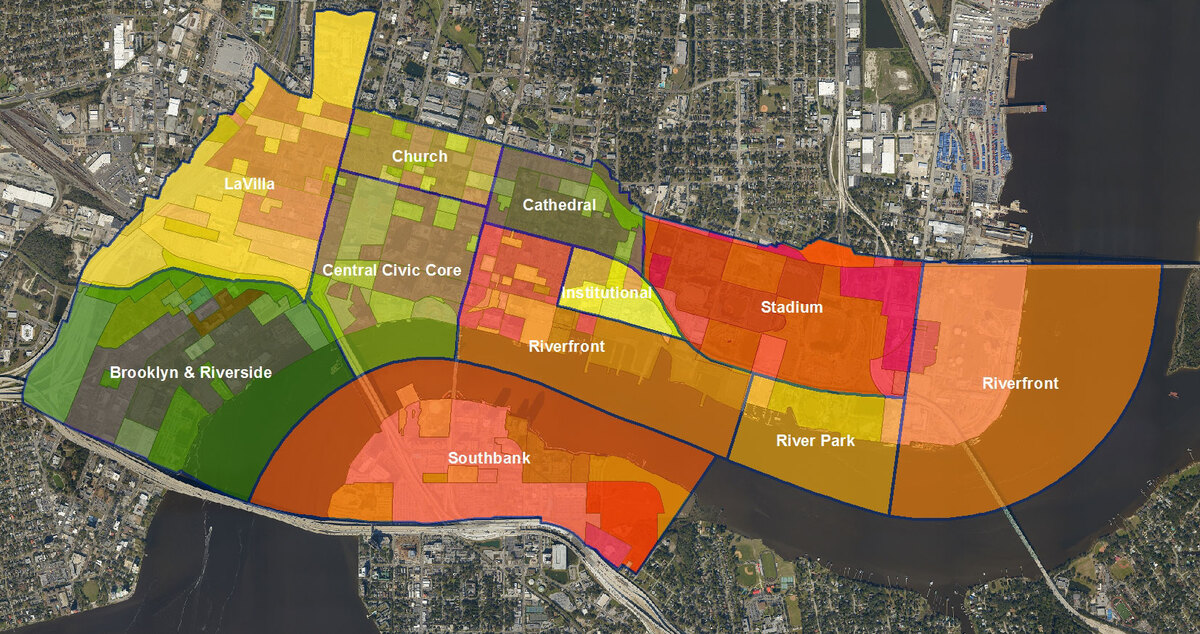

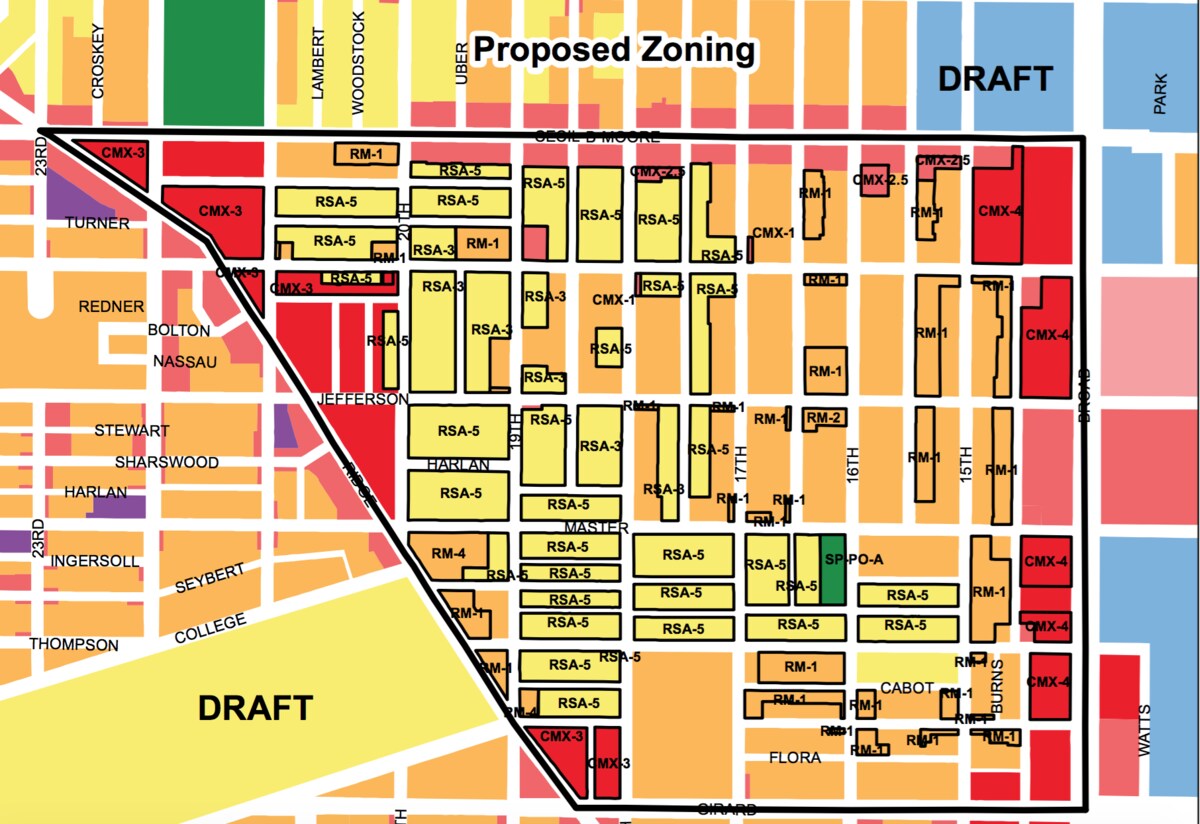
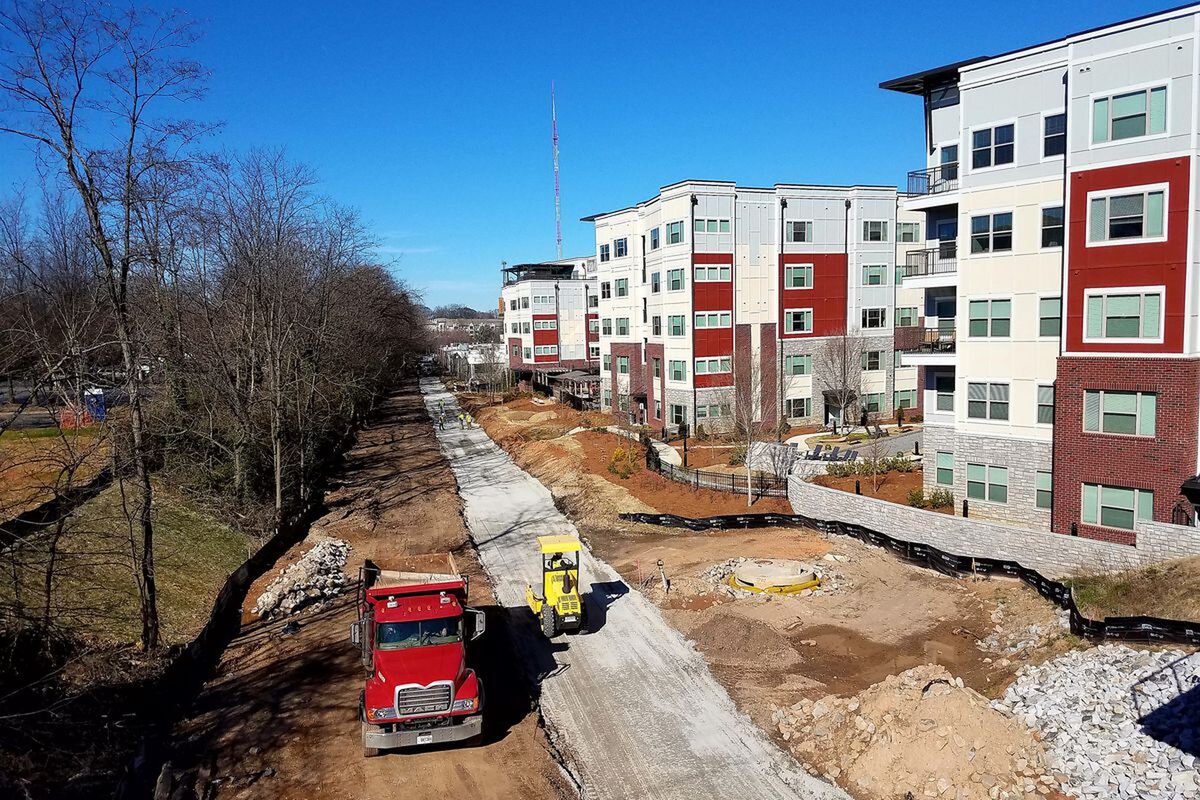
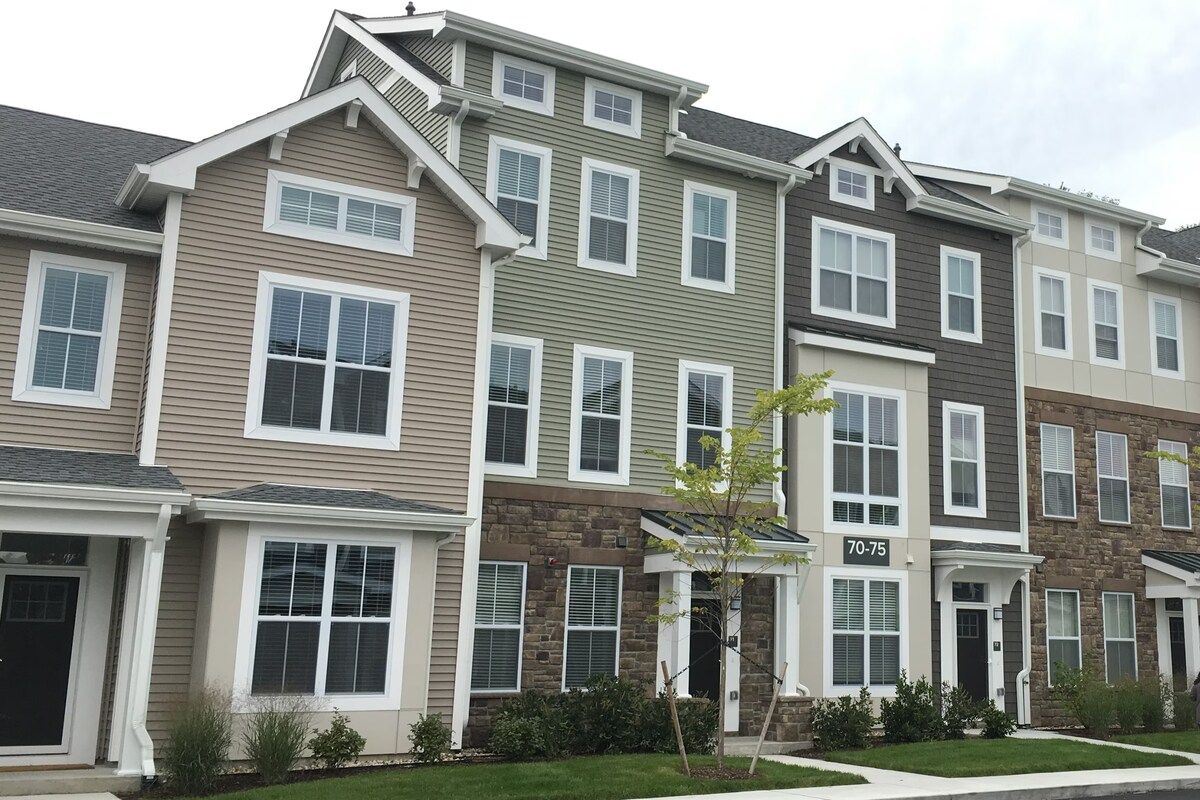
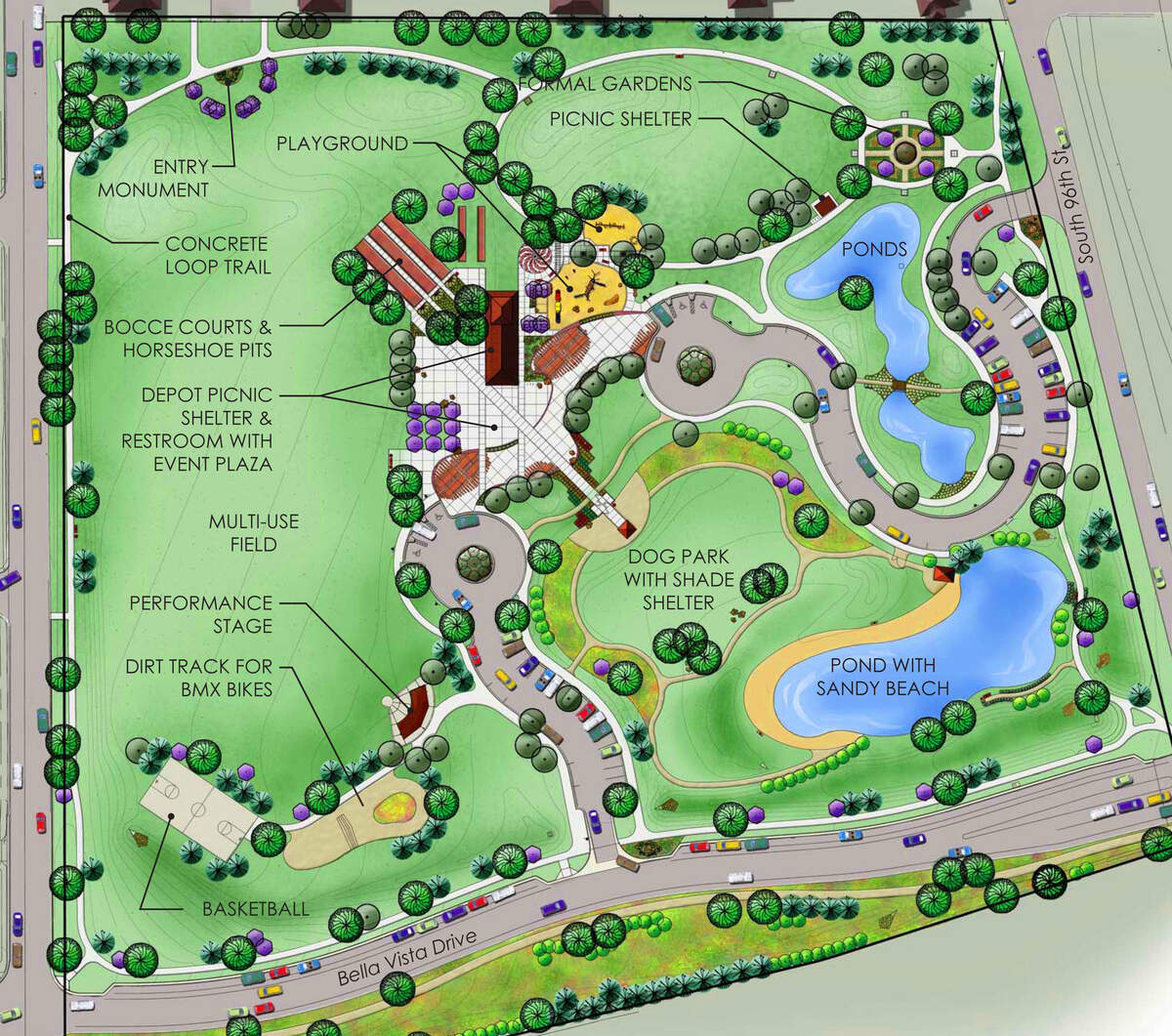




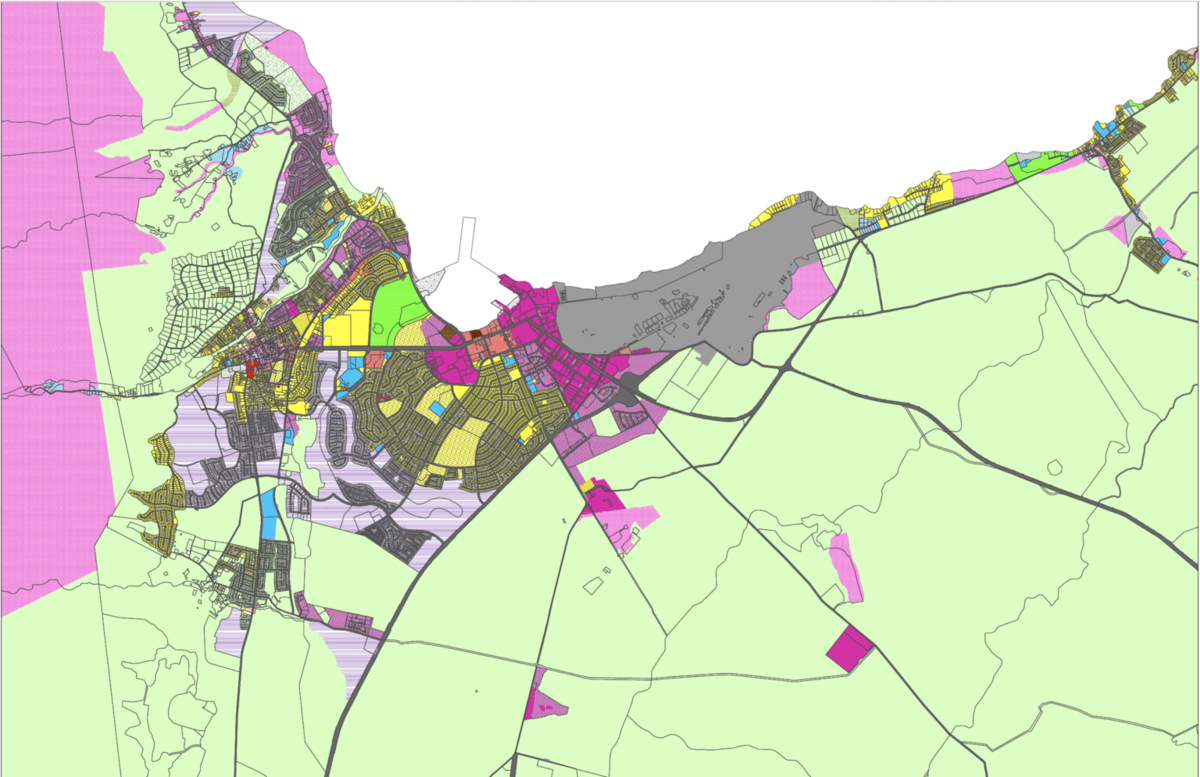

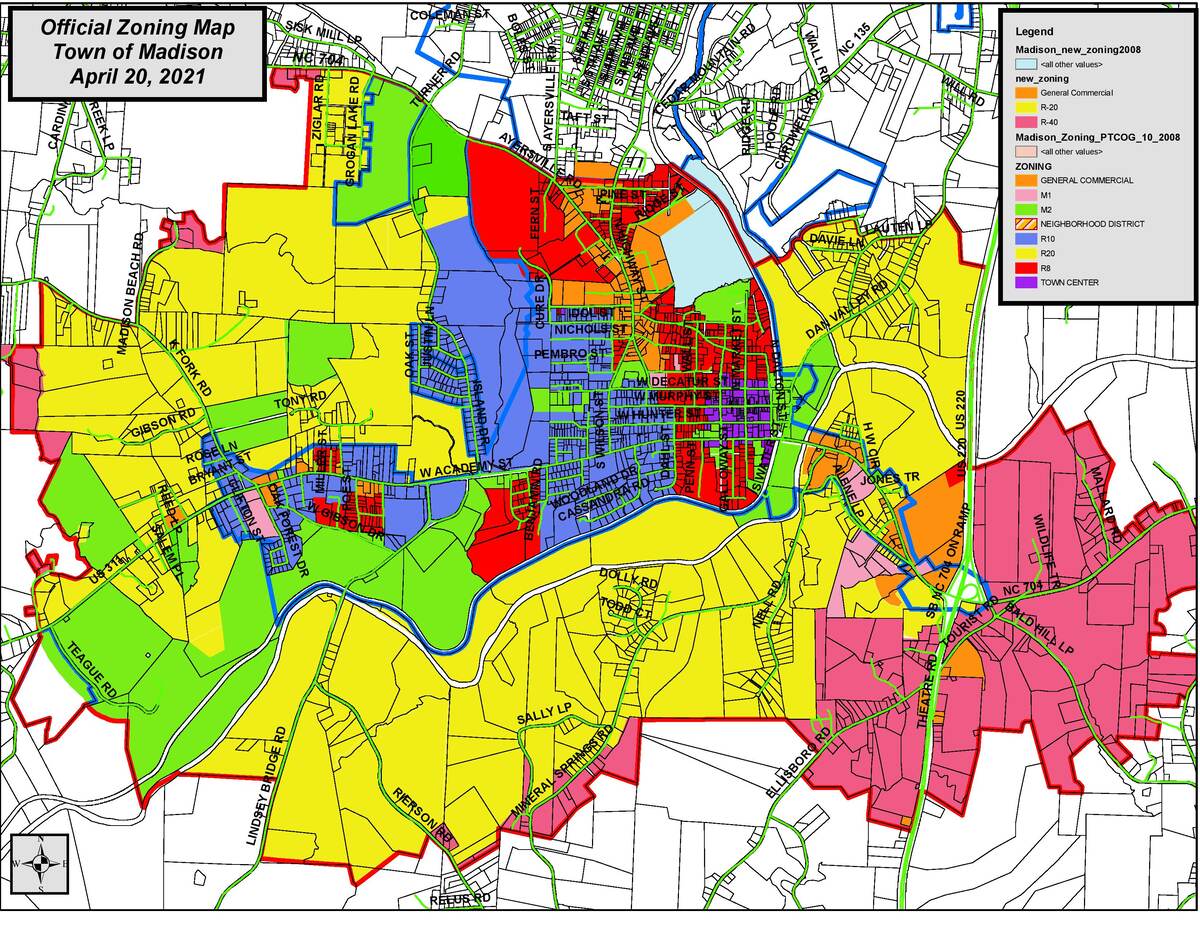

0 thoughts on “What Is AE Zoning?”